No matter what kind of foodservice operation you run, from a corporate cafeteria to a high-end restaurant, the goal is to always operate at peak performance and create memorable guest experiences that will inspire customers to return.
Doing so means having just the right supplies for both the Back of House (BoH) and Front of House (FoH).
With so many moving parts to any foodservice operation, though, knowing what supplies to purchase to elevate it to the next level can be a challenge. There are so many types of supplies to choose from that no singular guide could ever cover every option, but no matter what your eatery’s style, cuisine, or location, there will always be a basic, foundational set of supplies required to build the perfect foodservice operation.
The following outline will help identify some of the most important supplies your commercial kitchen and restaurant simply cannot do without.
When it comes to commercial foodservice, the supplies your patrons see get a lot of attention. Impressing your guests with the perfect dinnerware, flatware, drinkware and other pieces, which we will get to later, should always be a priority, but the quality of a plate will be forgotten if the food is ill-prepared. That’s why the supplies in the BoH is just as important as what’s out front.
The easiest way to ensure your commercial kitchen has all it needs for a strong foundation is to consider its many activities, which generally fall into seven categories:
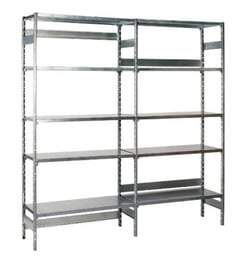 Once your raw ingredients have entered the kitchen, they must be stored properly to maintain organization and safety. Equipment such as refrigerators and freezers are key components of effective storage, but there are also a number of key supplies your kitchen should have to keep your ingredients fresh and in order.
Once your raw ingredients have entered the kitchen, they must be stored properly to maintain organization and safety. Equipment such as refrigerators and freezers are key components of effective storage, but there are also a number of key supplies your kitchen should have to keep your ingredients fresh and in order.
When the time comes to bring your ingredients out of storage, you’ll need the right supplies to prepare them into a finished dish.
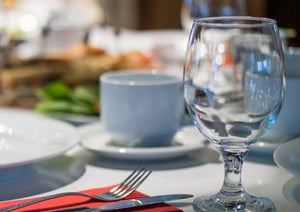 3 Service
3 ServiceMuch of the supplies related to serving guests will include dinnerware, flatware and drinkware, which we will return to later in the Front of House section. Other necessary supplies will include utensils, such as ladles, serving spoons, tongs and scoops.
Depending on your operation, you may also need additional supplies such as chafers and steam table pans.
Major equipment such as warewashers and compartment sinks are crucial components of the cleaning process. Smaller supplies are just as necessary to keeping your commercial kitchen sanitary, however.
In choosing the front-of-house supplies for your foodservice operation, some might make the mistake of believing that finding the best option means simply buying the most luxurious brand or style of supplies, regardless of the kind of operation you’re running. That’s not actually the case.
There’s nothing wrong with simple supplies, even those made of plastic, as long as it’s appropriate for your operations. Grabbing a quick bite to eat at a casual eatery and finding fine, ornate china and silverware would be just as confusing for guests as sitting down at a high-end restaurant and discovering a plastic plate. The key is less about obtaining the most expensive items, and more about utilizing the ones that best match the kind of operation and atmosphere you are trying to create.
 There are four categories of dinnerware commonly found in commercial foodservice operations, which are generally organized by their materials.
There are four categories of dinnerware commonly found in commercial foodservice operations, which are generally organized by their materials.
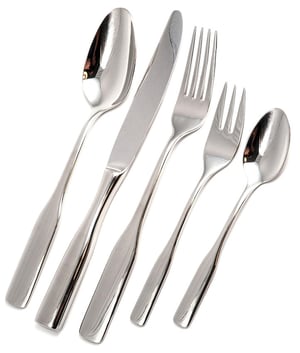 As we mentioned above, finding the best flatware for your operation is less about finding the most opulent option and more about selecting the most appropriate for your operation. To make that selection, you’ll need to take into consideration the flatware’s composition and weight.
As we mentioned above, finding the best flatware for your operation is less about finding the most opulent option and more about selecting the most appropriate for your operation. To make that selection, you’ll need to take into consideration the flatware’s composition and weight.
The kind of flatware you select for your commercial operation will depend largely on your budget and the atmosphere you are looking to create. Now knowing the meaning of the numbers on your flatware and their weight, you can buy the finest set for your luxury hotel with confidence, and rest easy knowing that your lower-end flatware is just right for your cafeteria.
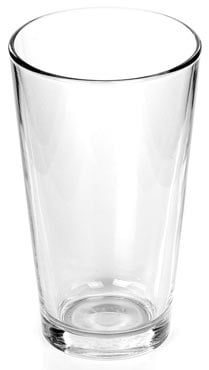 Drinkware is another key component of your commercial foodservice operation’s FoH supplies. And if your operation includes a bar, its importance becomes even greater. There are dozens of different types of drinkware to choose from, but most will fall into one of these basic categories, each including dozens of varieties in themselves:
Drinkware is another key component of your commercial foodservice operation’s FoH supplies. And if your operation includes a bar, its importance becomes even greater. There are dozens of different types of drinkware to choose from, but most will fall into one of these basic categories, each including dozens of varieties in themselves:
Once you’re confident that you know which kinds of drinkware you will need for your foodservice operation, you’ll want to decide which materials would be best suited for your purposes.
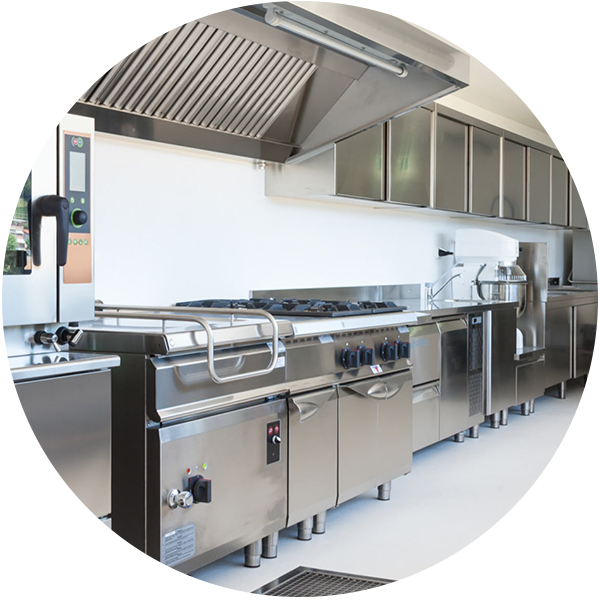
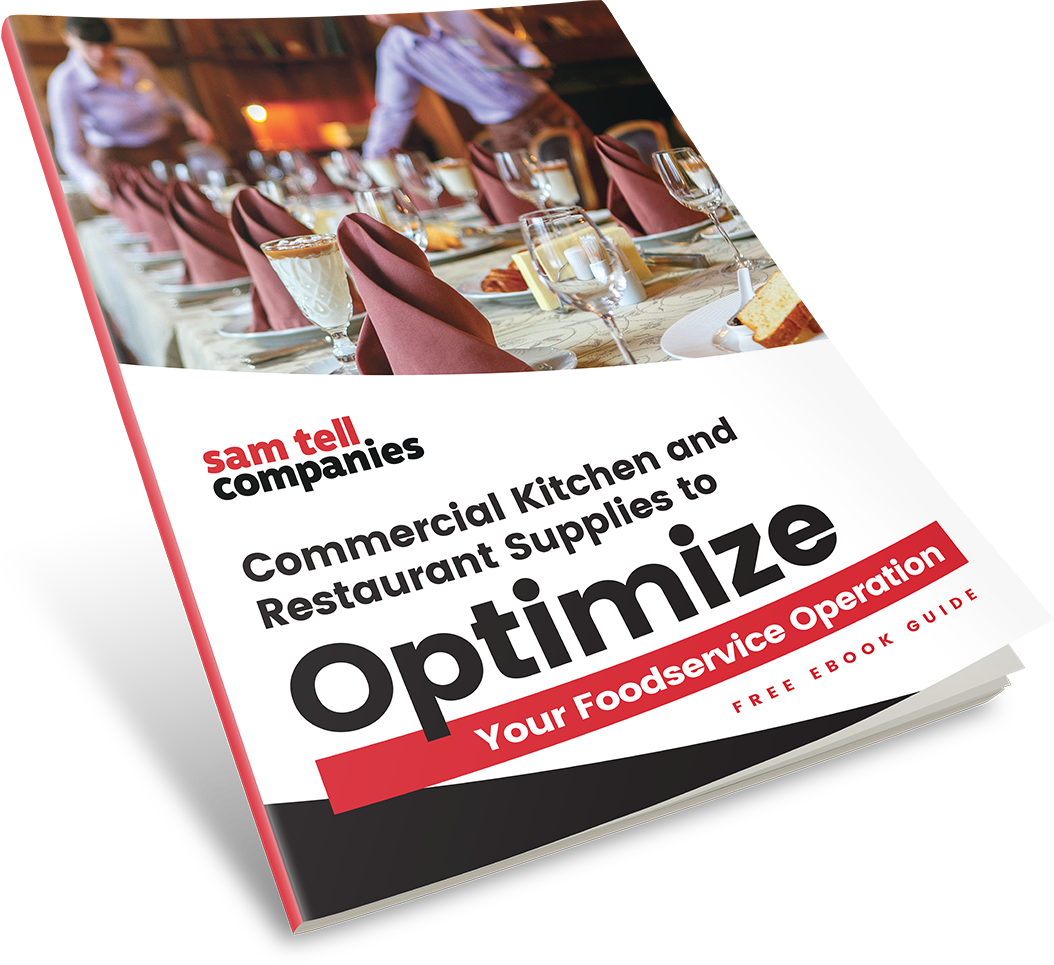
300 Smith Street
Farmingdale, NY 11735
631-501-9700
info@samtell.com
Providing kitchen and restaurant supplies to New York, Long Island, and the entire USA